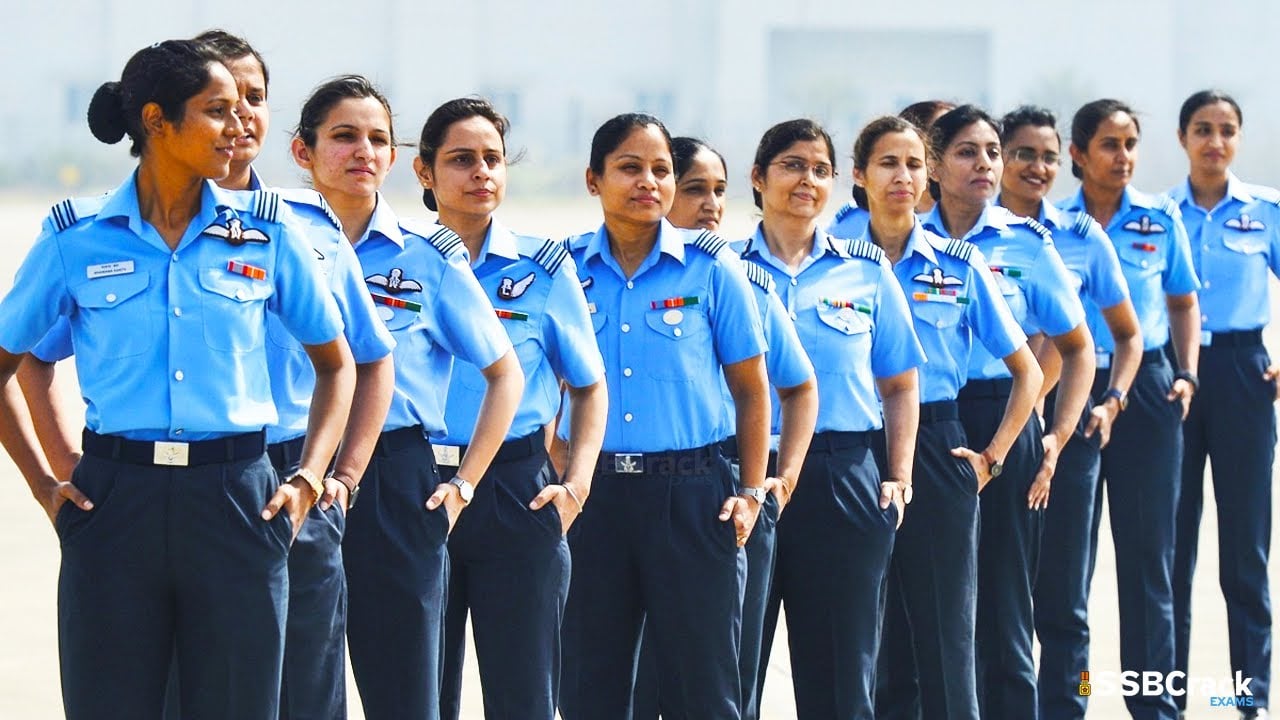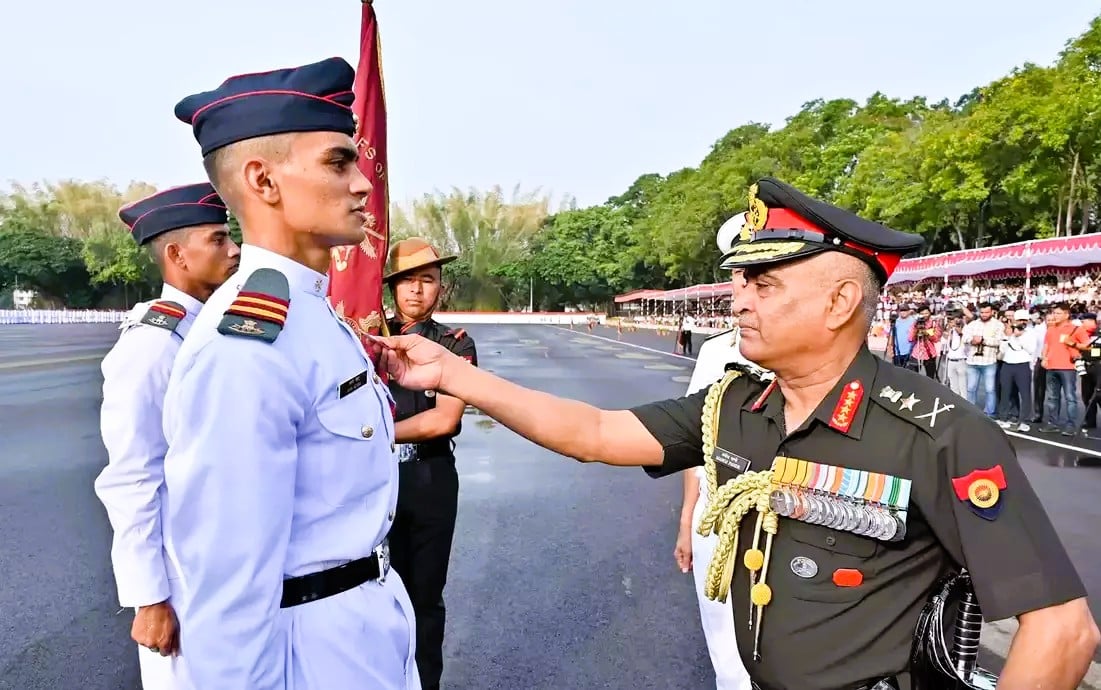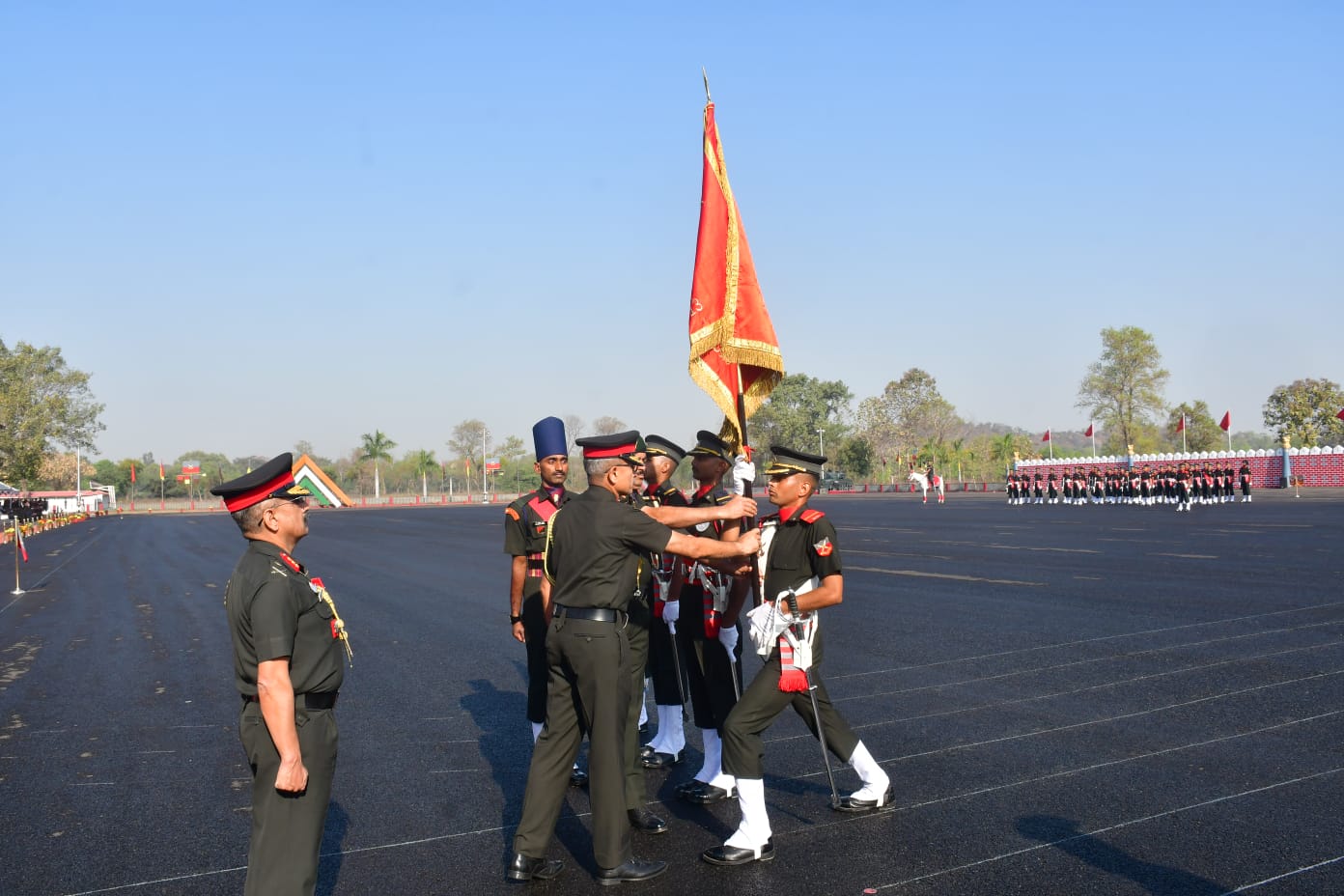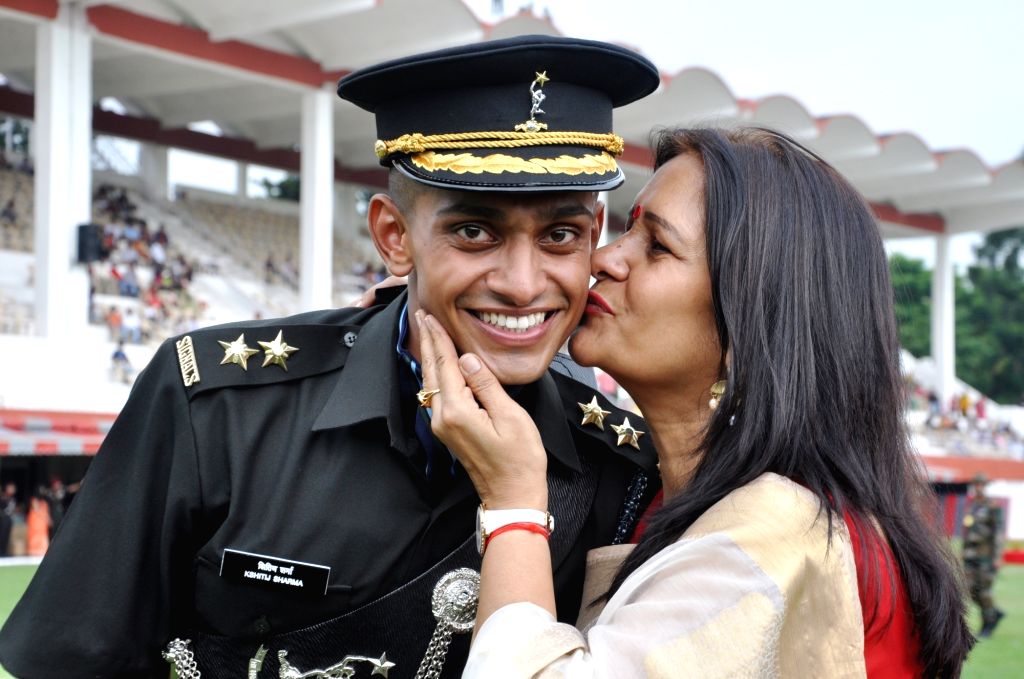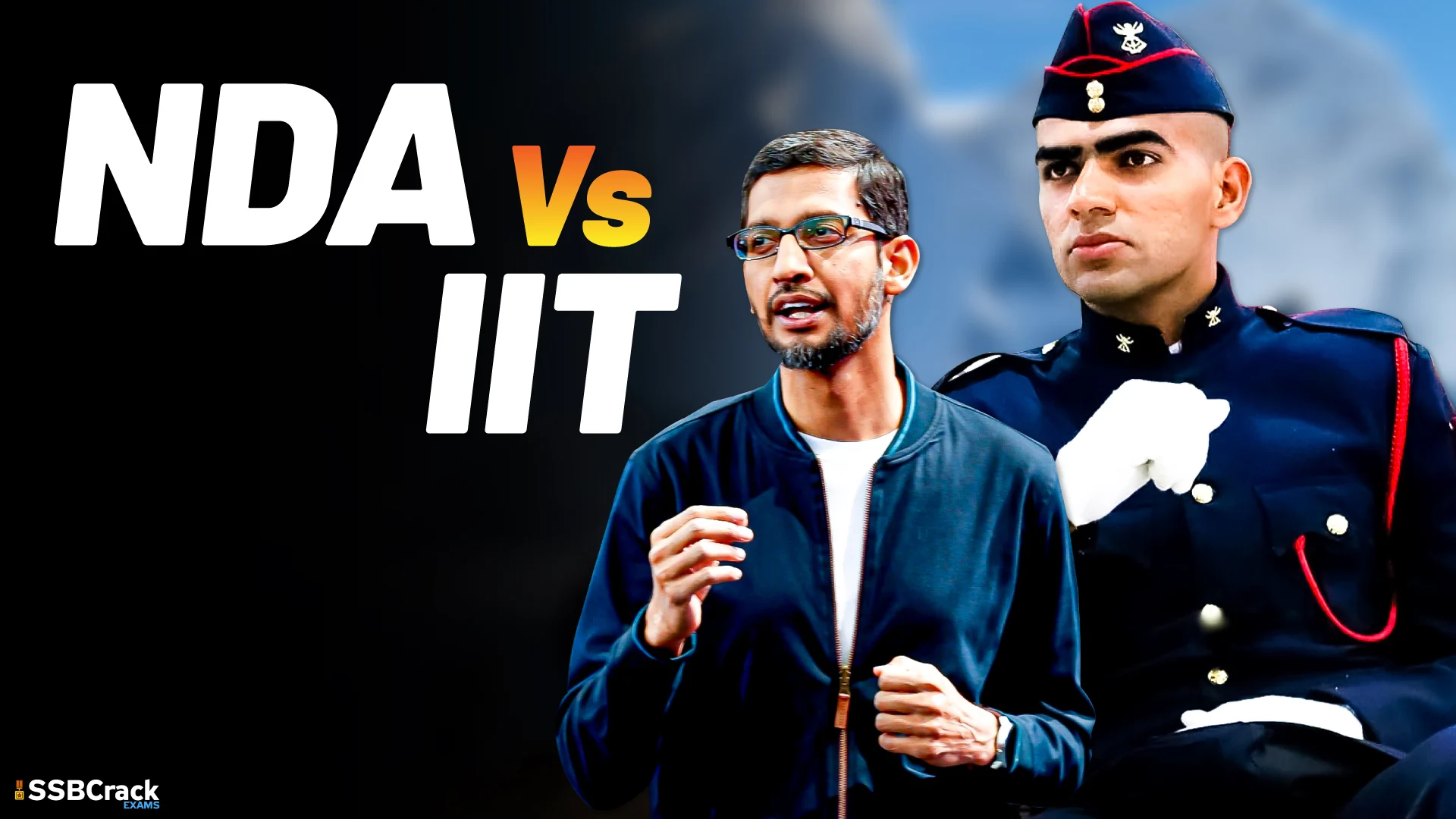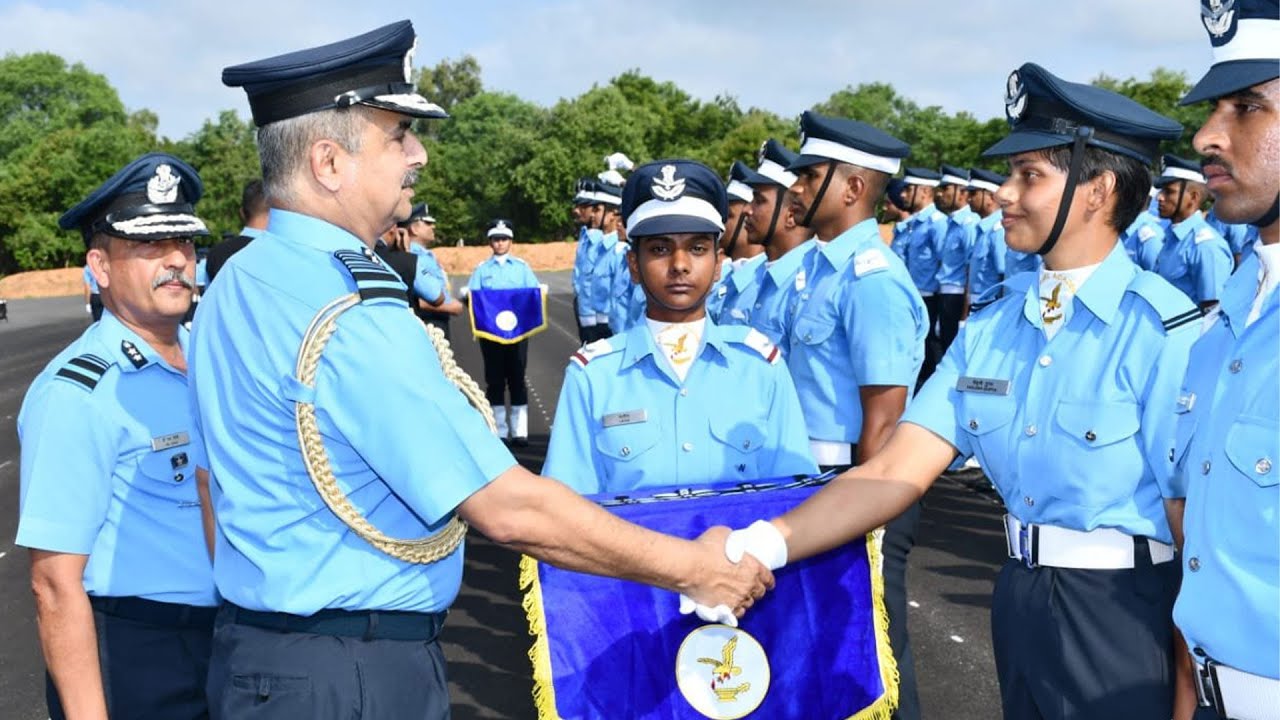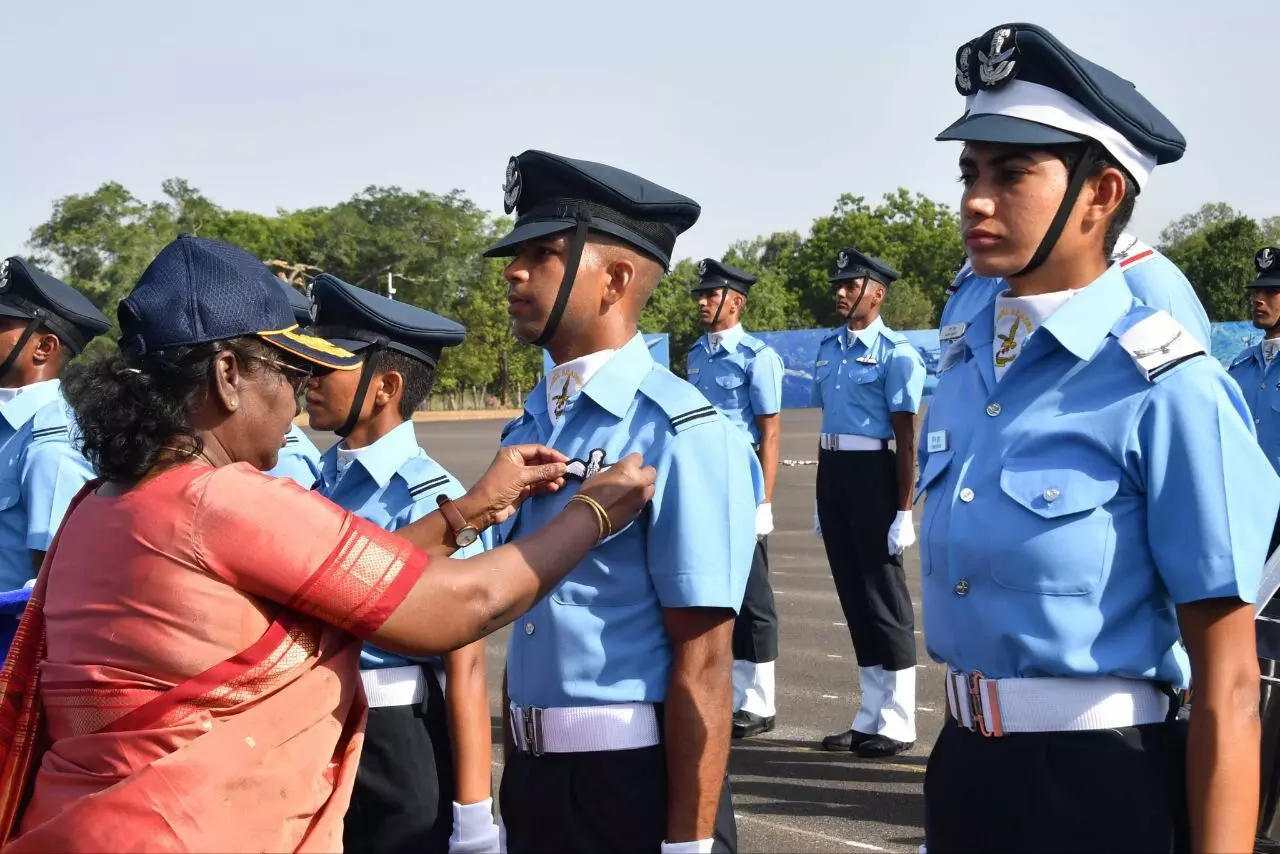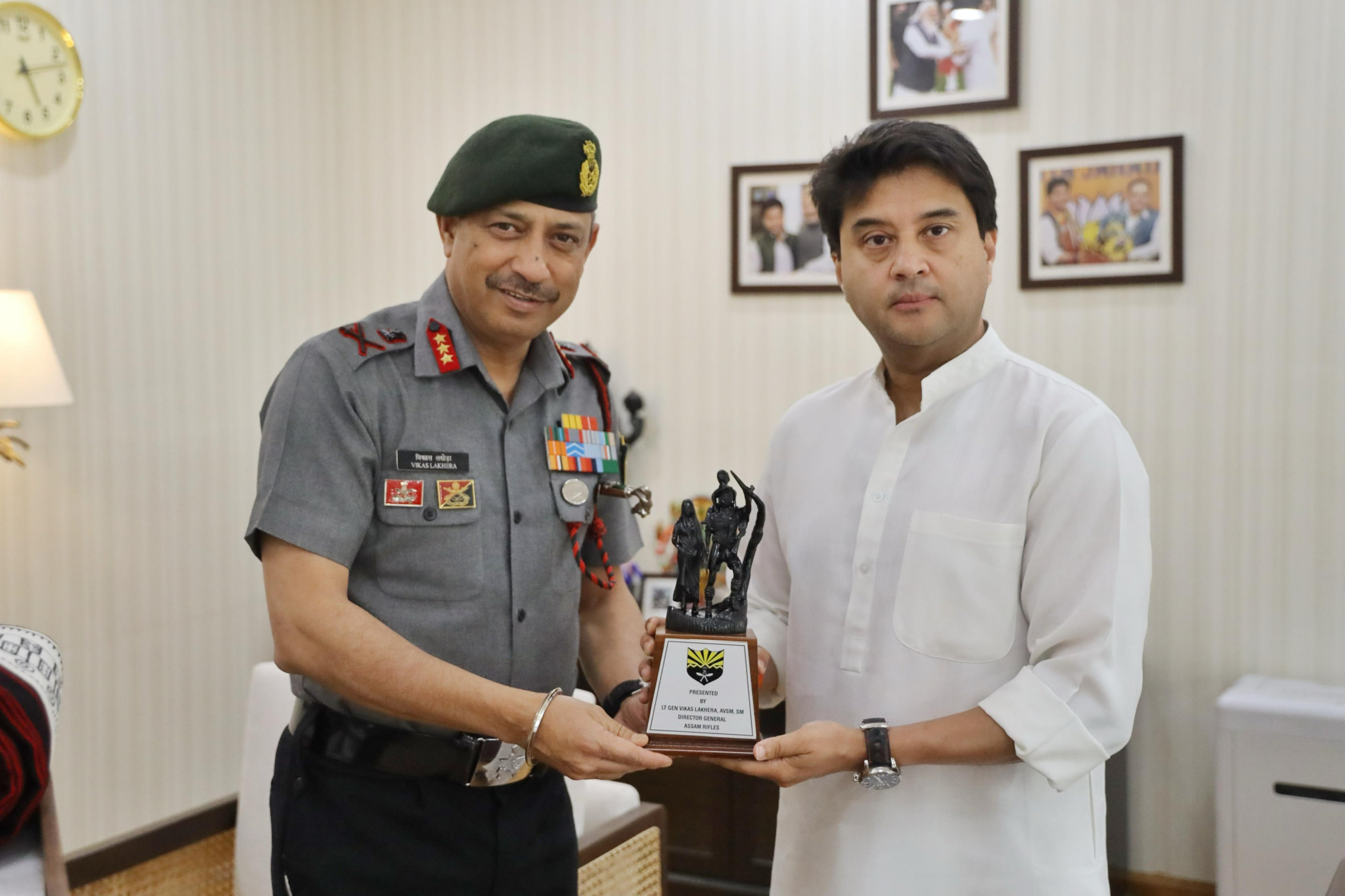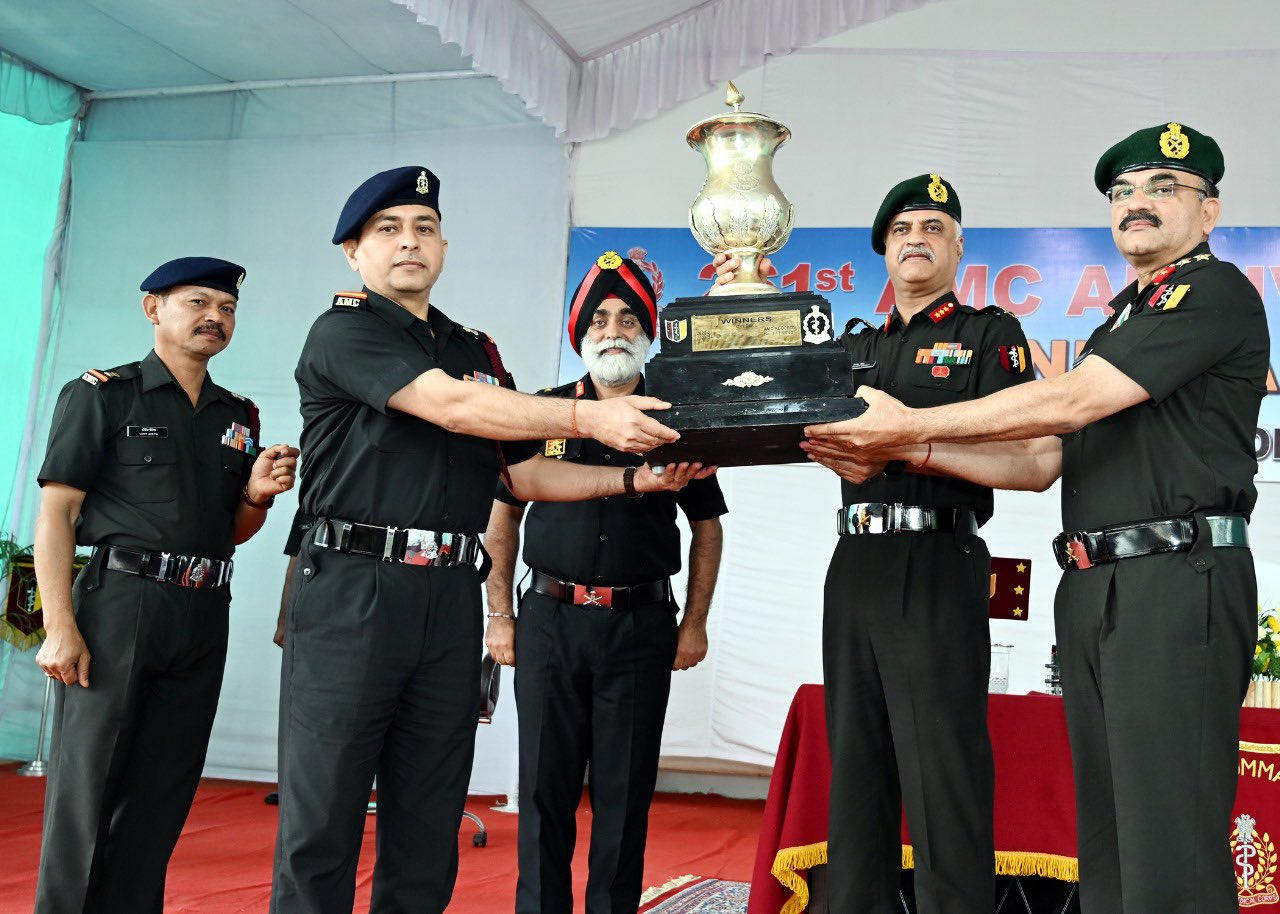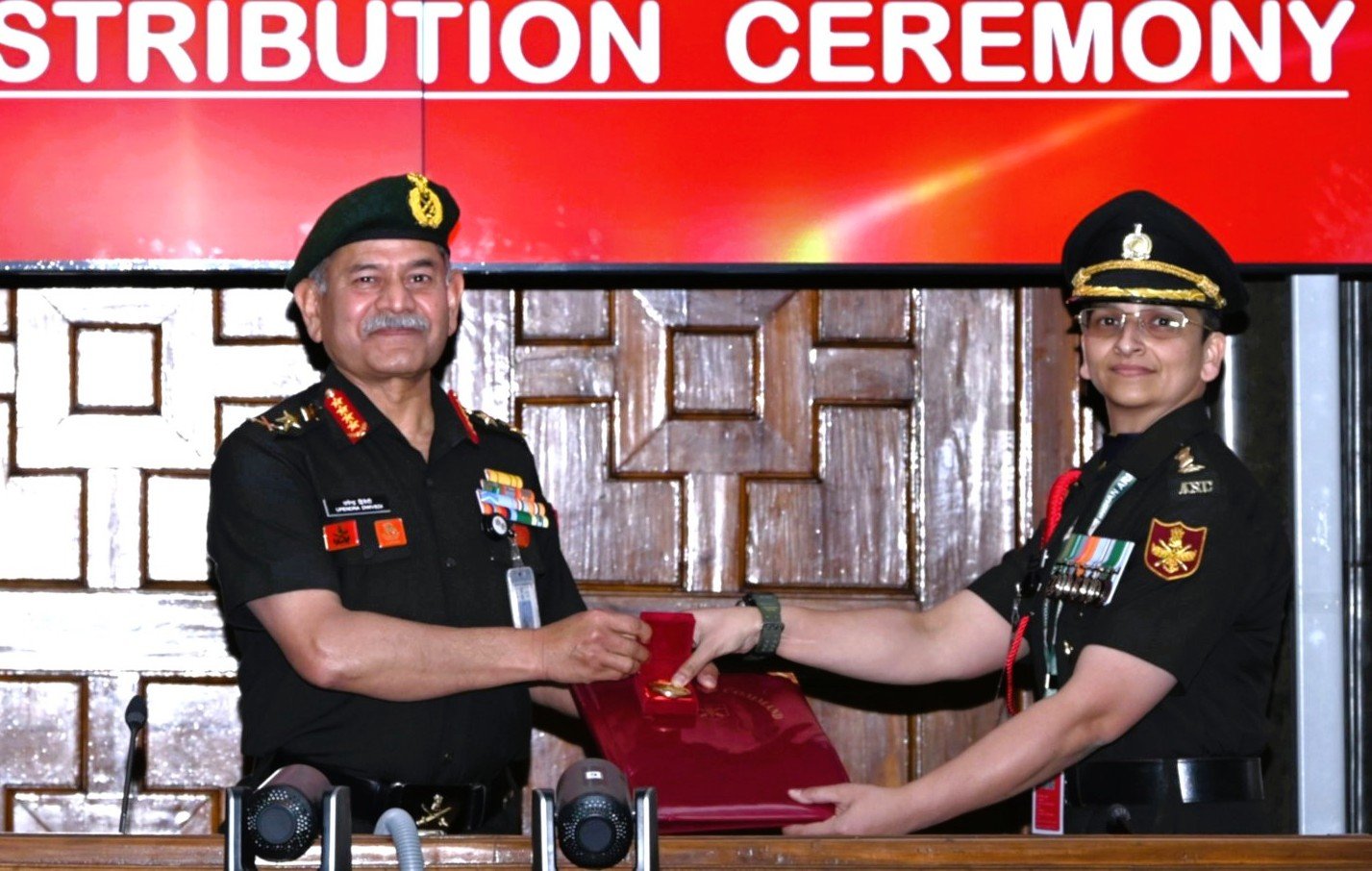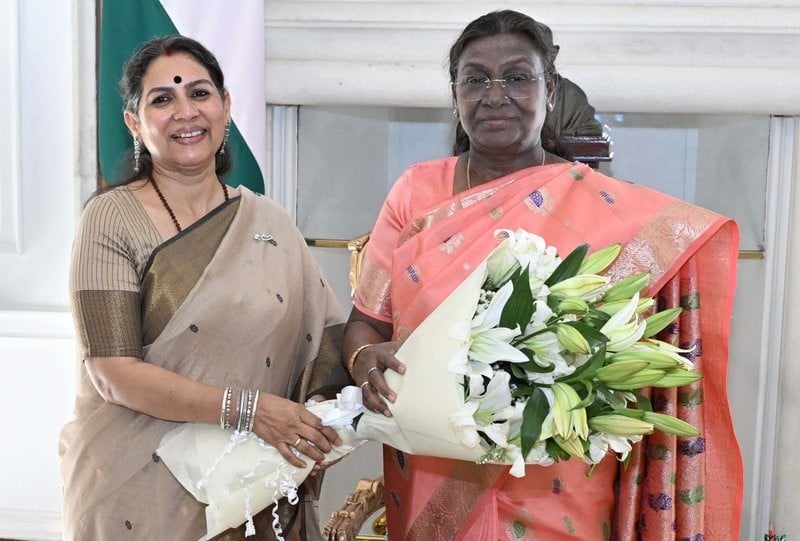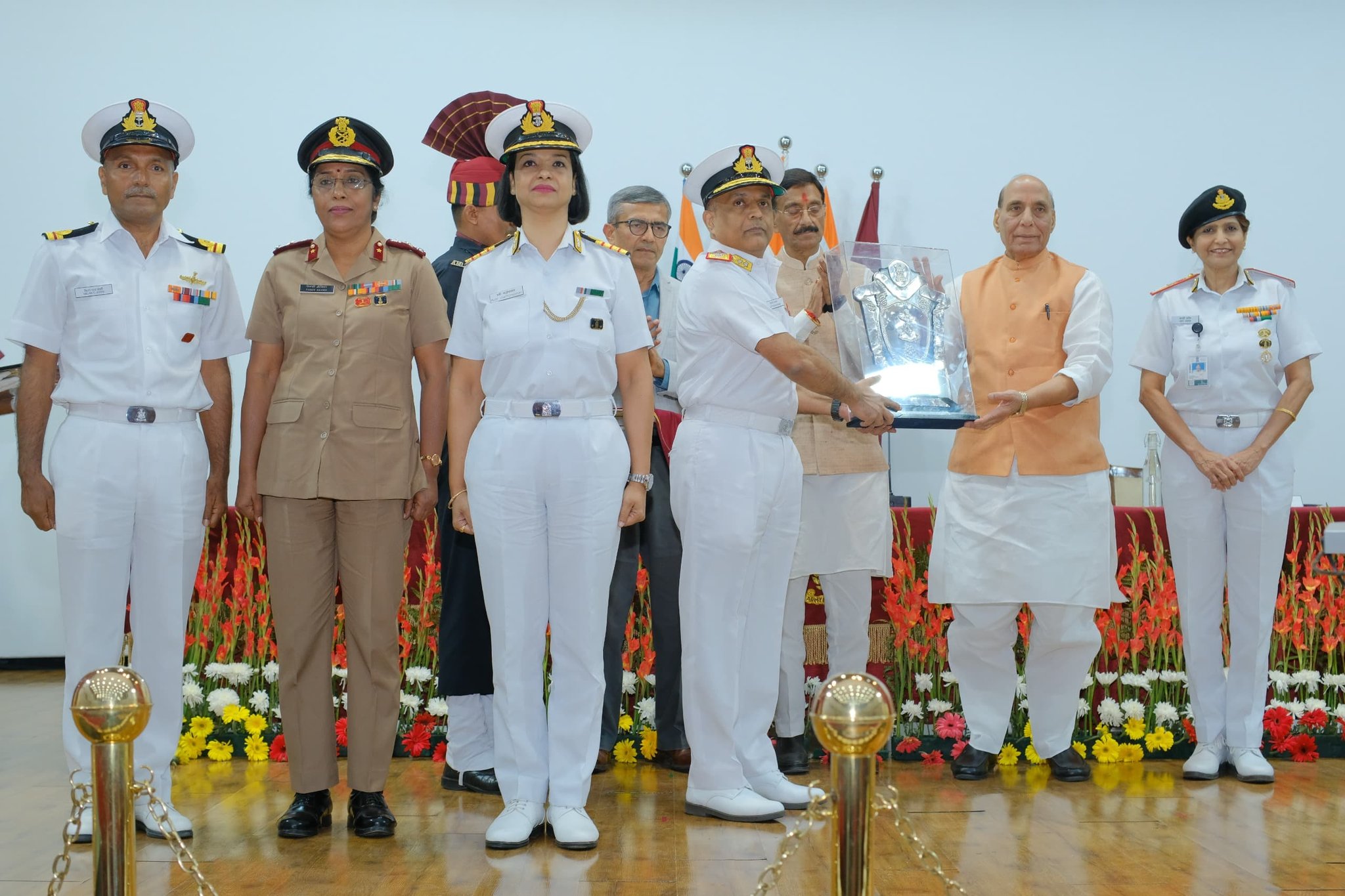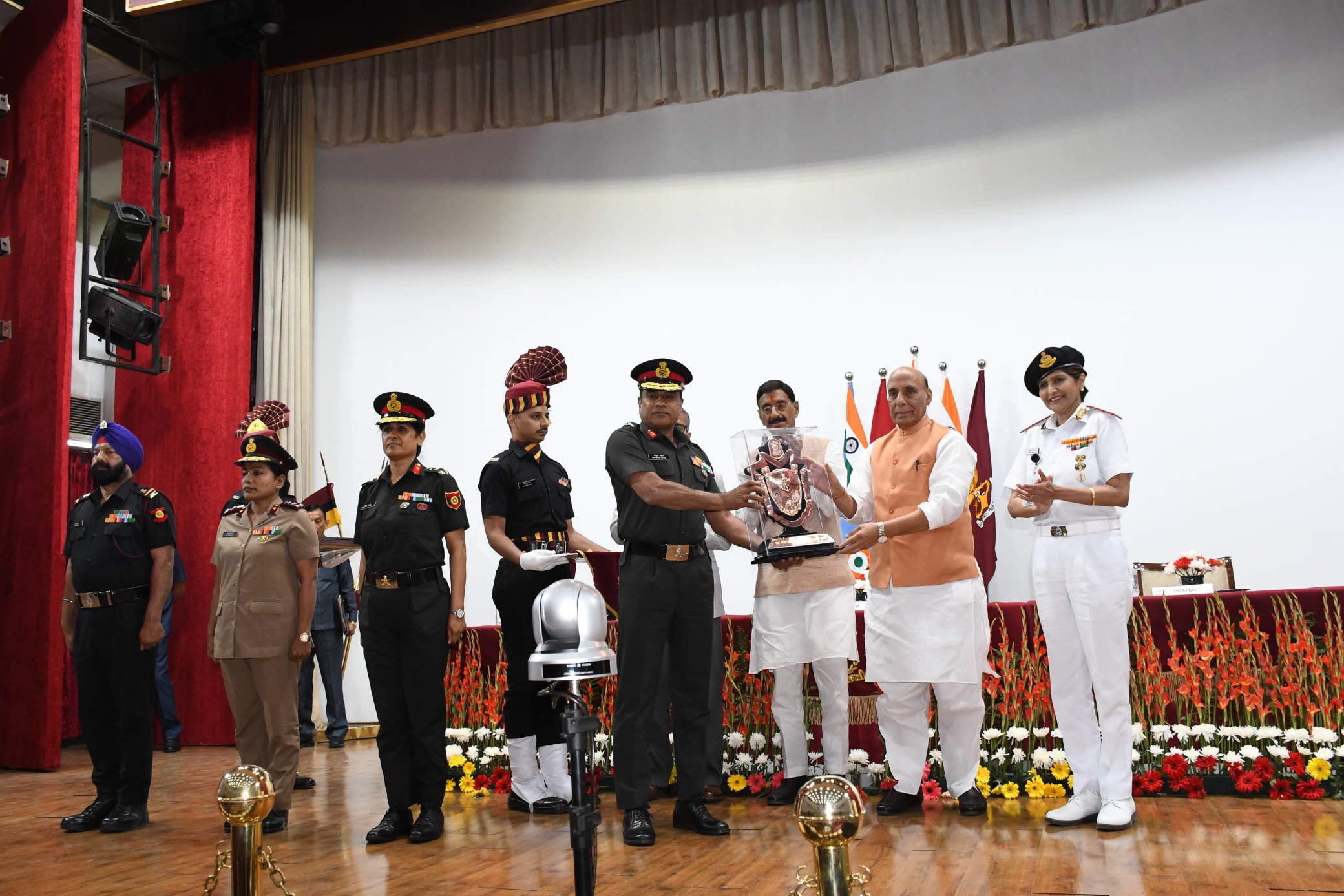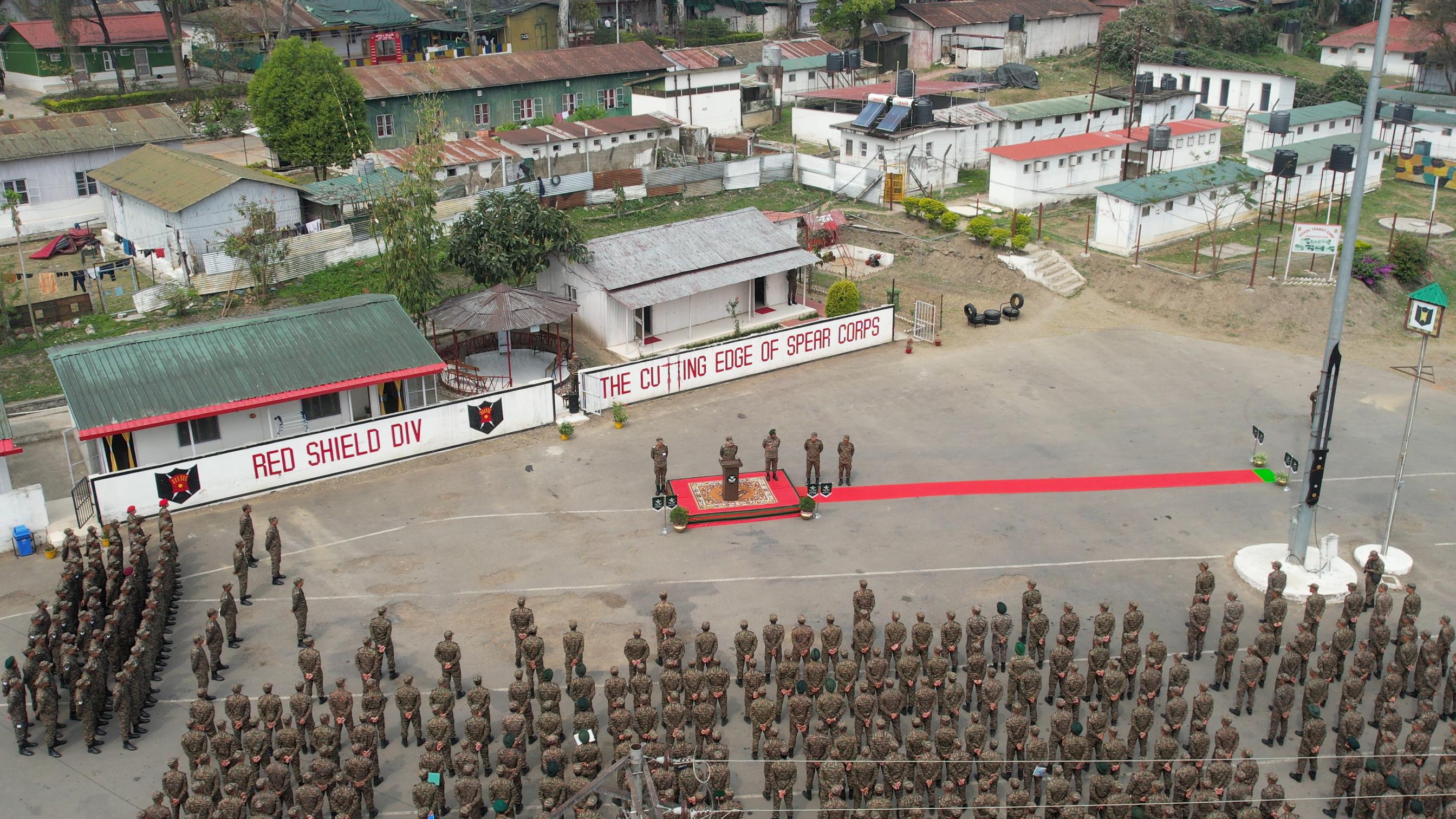The dream of joining the Indian Air Force after 12th grade captures the imagination of many young aspirants. It represents a unique opportunity to serve the nation while pursuing a challenging and rewarding career in aviation.
How to join the Indian Air Force after 12th is a question that ignites passion and curiosity among countless students across India, as they envision themselves soaring through the skies in cutting-edge aircraft.
For those looking to join the Indian Air Force, the path begins with understanding the various entry points and selection processes. From the Air Force Academy Dundigal to the rigorous SSB interview, each step plays a crucial role in shaping future air warriors. This guide will explore the different ways to join the Indian Air Force, including direct entry after 12th, technical branches, and non-technical roles. It will also shed light on the preparation needed for the selection process, helping aspiring candidates to take their first steps towards a career in the skies.
Understanding the Indian Air Force
The Indian Air Force (IAF) stands as a formidable pillar of India’s national security, established on October 8, 1932. Since its inception, the IAF has evolved into one of the world’s most powerful air forces, currently ranking as the seventh strongest and fourth largest globally. Its rich history includes crucial roles in several conflicts, notably the four wars with Pakistan (1947, 1965, 1971, 1999) and the Chinese aggression in 1962. The 1971 Indo-Pak war showcased the IAF’s prowess through extensive air operations, contributing significantly to the creation of Bangladesh.
Over the years, the IAF has consistently modernized its fleet with advanced aircraft and weapons systems, cementing its position as a world-class air force. Its primary mission involves securing Indian airspace and conducting aerial warfare during armed conflicts. However, the IAF’s responsibilities extend beyond military engagements, playing a vital role in maintaining national stability and security.
Roles and Responsibilities
The IAF’s duties encompass a wide range of critical functions:
- Safeguarding Territory and National Interests: The IAF protects the country’s airspace from all threats and defends against external aggression from the air.
- Aerospace Protection: It maintains constant vigilance to detect and counteract unauthorized incursions into Indian airspace.
- Wartime Air Support: During conflicts, the IAF provides crucial air support for combat missions and conducts offensive and defensive operations to assist ground and naval forces.
- Intelligence and Satellite Imagery: The IAF analyzes satellite imagery to gather critical information and guides aircraft using precise data from these sources.
- Disaster Response: In times of natural or man-made disasters, the IAF conducts rescue operations to evacuate civilians and provides humanitarian aid and relief.
- Inter-Service Cooperation: The IAF works in synchronization with the Navy and other armed forces, providing active support for joint operations.
- Flight Navigation: Ensuring accurate navigation of flights to their designated locations using advanced systems and techniques.
- Technical Management: Overseeing and managing technical aspects of aircraft and aviation systems, including maintenance and repair.
Branches of IAF
The Indian Air Force is structured into three main branches, each specializing in different aspects of aviation and defence:
Flying Branch: This branch forms the backbone of the IAF, consisting of pilots who operate a wide range of aircraft. It includes:
| Branch | Role | Description |
|---|---|---|
| Flying Branch | Fighter Pilots | Responsible for air-to-air combat and ground attack missions |
| Flying Branch | Transport Pilots | Operate strategic and tactical airlift aircraft |
| Flying Branch | Helicopter Pilots | Conduct missions such as combat search and rescue, and disaster relief |
Technical Branch: This branch handles the maintenance and technical aspects of aircraft and related systems. It is divided into two sub-branches:
| Branch | Sub-Branch | Description |
|---|---|---|
| Technical Branch | Aeronautical Engineering | Responsible for design, maintenance, and repair of aircraft and related equipment |
| Technical Branch | Electronics and Communication Engineering | Handles electronic systems, communication networks, and radar systems |
Ground Duty Branch: This branch encompasses various non-flying roles crucial for the IAF’s functioning:
| Branch | Sub-Branch | Description |
|---|---|---|
| Ground Duty Branch | Administrative Branch | Managing personnel and administration |
| Ground Duty Branch | Logistics Branch | Procuring and maintaining equipment and supplies |
| Ground Duty Branch | Accounts Branch | Handling financial matters and auditing |
| Ground Duty Branch | Education Branch | Overseeing training and education of personnel |
| Ground Duty Branch | Meteorological Branch | Providing weather forecasts and ensuring safe flying operations |
| Ground Duty Branch | Medical Branch | Providing healthcare services to IAF personnel |
Weapon Systems (WS) branch: It is a newly established operational branch aimed at enhancing the combat capabilities of the IAF. Approved by the Indian government in October 2022, this initiative marks the first creation of a new operational branch since India’s independence.
| Branch | Specialized Stream | Description |
|---|---|---|
| Weapon Systems (WS) | Surface-to-Surface Missiles | Responsible for the operational employment of ground-based surface-to-surface missile systems |
| Weapon Systems (WS) | Surface-to-Air Missiles | Responsible for the operational deployment of surface-to-air missile systems |
| Weapon Systems (WS) | Remotely Piloted Aircraft (RPAs) | Operates and manages remotely piloted aircraft for various combat and surveillance missions |
| Weapon Systems (WS) | Weapon System Operators in Twin/Multi-Crew Aircraft | Manages and operates specialized airborne weapon systems in twin or multi-crew aircraft |
The IAF’s organized structure ensures efficient protection and service to the nation. With its diverse career opportunities across these branches, the IAF attracts individuals with various skills and interests, offering a challenging and rewarding environment for those aspiring to serve their nation in the skies.
Pathways to Join IAF After 12th
The Indian Air Force (IAF) offers multiple avenues for aspirants to pursue their dreams of serving in the skies right after completing their 12th standard. These pathways are designed to accommodate various career aspirations and educational backgrounds, providing opportunities for both officer and airmen entries.
Officer Entry
The National Defence Academy (NDA) exam stands as the sole gateway for candidates to join the IAF as officers immediately after 12th grade. Conducted twice a year by the Union Public Service Commission (UPSC), this nationwide entrance exam screens aspirants for all three branches of the Indian armed forces.
| Criteria | Details |
|---|---|
| Gender | Male and Female |
| Eligibility | Candidates must be between 16½ to 19½ years old, Indian nationals, and male |
| Educational Qualification | 10+2 or equivalent with Mathematics, Physics, and English, securing a minimum of 50% marks in aggregate and 50% in English |
| Selection Process | Written Exam: Covers General Ability Test and Mathematics |
| AFSB: Officer Intelligence Rating Test, Picture Perception and Discussion Test, psychological tests, group tests, interviews, and CPSS test for the flying branch | |
| Medical Examination: Conducted at AFCME, New Delhi, or Institute of Aviation Medicine, Bengaluru |
Successful candidates undergo a rigorous three-year training at the National Defence Academy, Khadakwasla, followed by specialized training at Air Force Academy Dundigal and other AF Training Establishments. Upon completion, they are commissioned as Permanent Commission Officers.
Agniveer Vayu Entry
The Agniveer Vayu entry is a recruitment initiative by the Indian Air Force (IAF) under the Agnipath Scheme, designed to select candidates for a four-year service period. This program allows young individuals, primarily unmarried males and females, to serve in various capacities within the IAF, with the potential for a subsequent regular enlistment based on performance and organizational needs.
| Criteria | Details |
|---|---|
| Program | Agniveer Vayu Entry under the Agnipath Scheme for a four-year service period |
| Gender | Primarily unmarried males and females |
| Eligibility (General) | 10+2 or equivalent with at least 50% in all subjects and 50% marks in English |
| Eligibility (Technical) | 10+2 or equivalent with at least 50% in Physics, English, and Maths |
| Age | Between 17 and 21 years |
| Selection Process (Airmen) | STAR (Selection Test for Airmen Recruitment): Online MCQ test in two phases |
| Phase I: Computer-based test | |
| Phase II: Held at Airmen Selection Centers for shortlisted candidates | |
| Physical Efficiency Test | |
| Medical Assessment | |
| STAR Test Details | Group X: 60-minute test covering Maths, Physics, and English |
| Group Y: 45-minute test covering reasoning, general awareness, and English | |
| Post-selection Training | Joint Basic Phase Training (JBPT): Comprehensive physical & medical evaluation, visual tests |
| Trade-specific Training: Based on performance, service requirements, and educational qualifications | |
| Basic Combatant Training: Covers discipline, weapon training, and domain-specific education | |
| Physical Training | Includes parades, games, and other physical activities |
This structured approach ensures that the IAF recruits and trains individuals with diverse skills and interests, offering them a challenging and rewarding environment to serve their nation in the skies. Aspiring candidates should carefully consider their strengths and preferences when choosing between officer and airmen entries, as each path offers unique opportunities for growth and service in the Indian Air Force.
Preparing for IAF Selection Process
For NDA Exam : The NDA exam consists of two papers: Mathematics and General Ability Test (GAT). Thoroughly review the detailed syllabus for each subject to identify important topics. Familiarize yourself with the exam pattern, marking scheme, and duration of each paper. Also familiarize yourself with the 5-day SSB interview structure, including screening tests, psychological tests, group tasks, and personal interviews. Know the different stages like form filling, screening tests, picture perception, story narration, group tasks, psychology tests, and interviews.
For Agniveer Vayu: The journey to join the Indian Air Force after 12th standard requires thorough preparation in various aspects. Aspiring candidates must focus on academic excellence, physical fitness, and meeting stringent medical standards to succeed in the selection process.
Candidates aiming to join the IAF must excel academically. For Group X (Technical) entry, a minimum of 50% marks in Physics, English, and Mathematics in 12th standard is mandatory. Group Y (Non-Technical) aspirants need to secure at least 50% in all subjects in their 12th class. The Selection Test for Airmen Recruitment (STAR) is a crucial online MCQ test conducted in two phases. The first phase is computer-based, while the second phase takes place at Airmen Selection Centers for shortlisted candidates.
The STAR test includes questions in both English and Hindi. Group X candidates face a 60-minute test covering Mathematics, Physics, and English. Group Y aspirants undergo a 45-minute test focusing on reasoning, general awareness, and English language skills. To excel in these tests, candidates should:
- Develop a strong foundation in the required subjects
- Practice solving MCQs regularly
- Improve time management skills
- Stay updated with current affairs and general knowledge
Physical Fitness
Physical fitness is paramount for a career in the IAF. The selection process includes a rigorous Physical Fitness Test (PFT) consisting of two parts: PFT-I and PFT-II.
PFT-I requires candidates to complete a 1.6 km run within specified time limits:
- Male candidates: 7 minutes
- Female candidates: 8 minutes
Candidates who qualify PFT-I proceed to PFT-II after a 10-minute recuperation period. The PFT-II requirements differ for male and female candidates:
Male candidates:
- 10 Push-ups in 1 minute
- 10 Sit-ups in 1 minute (after a 2-minute break)
- 20 Squats in 1 minute (after a 2-minute break)
Female candidates:
- 10 Sit-ups in 1 minute and 30 seconds
- 15 Squats in 1 minute (after a 2-minute break)
To prepare for the physical fitness tests, candidates should:
- Develop a consistent exercise routine
- Focus on cardiovascular endurance through running
- Incorporate strength training exercises like push-ups, sit-ups, and squats
- Practice proper form and technique for each exercise
- Gradually increase repetitions and reduce rest periods
Medical Standards
The IAF has stringent medical standards to ensure candidates can withstand the physical and mental demands of service. Key aspects of the medical assessment include:
- Height and Weight: Minimum height requirements vary by branch and region. For the Flying Branch, the minimum height is 162.5 cm. Ground duty branches require a minimum height of 157.5 cm, with some exceptions for specific regions.
- Cardiovascular Health: Candidates must have normal blood pressure (below 140/90 mm Hg) and a healthy ECG. Any history of chest pain, breathlessness, or heart-related issues may lead to rejection.
- Respiratory System: Candidates should have clear lungs without any residual scarring or abnormalities visible on chest radiograms.
- Vision: Visual acuity standards are particularly stringent for the Flying Branch. Detailed eye examinations are conducted to ensure candidates meet the required standards.
- Musculoskeletal System: The IAF assesses the candidate’s physique, looking for muscular development and the ability to acquire physical stamina through training. Any history of spinal injuries or deformities may lead to disqualification.
- Dental Health: Candidates must have 14 dental points with specific teeth present in good functional opposition.
- General Health: The IAF conducts comprehensive assessments of various body systems, including the gastrointestinal, central nervous, and endocrine systems.
To prepare for the medical standards:
- Maintain a healthy lifestyle with a balanced diet and regular exercise
- Avoid habits that may negatively impact health, such as smoking or excessive alcohol consumption
- Address any existing medical conditions or concerns well in advance
- Undergo regular health check-ups to ensure overall fitness
By focusing on these key areas – academic preparation, physical fitness, and meeting medical standards – candidates can significantly improve their chances of success in the IAF selection process. Remember, the journey requires dedication, discipline, and a commitment to personal development in all aspects of life.
Conclusion
Joining the Indian Air Force after 12th grade opens up a world of opportunities for young aspirants. The journey demands dedication, rigorous preparation, and a strong commitment to serving the nation. From mastering academic subjects to building physical fitness and meeting strict medical standards, the path to becoming an air warrior is challenging yet rewarding. It’s a career that not only offers personal growth but also has a significant impact on national security.
For those dreaming of soaring through the skies in service of their country, the Indian Air Force provides various entry points and roles to suit different skills and interests. Whether aiming for the officer cadre or airmen positions, proper preparation and determination are key to success. To enhance your chances of cracking the selection process, consider enrolling in SSBCrackExams Defence Exams online courses for better preparation for NDA, CDS, AFCAT, SSB Interview and more. Remember, the sky’s the limit for those who dare to dream and work hard to achieve their goals in the Indian Air Force.
FAQs
Q: Can I join the Indian Air Force after 12th?
To join the Indian Air Force as an officer directly after 12th, you must enter through the NDA exam for officers entry . Alternatively, you can complete your graduation and apply through the Air Force Common Admission Test (AFCAT). For Airmen entry, you can apply for Agniveer Vayu.
Q: What are the educational qualifications required to join the Indian Air Force?
The qualifications include a minimum of 50% marks in Physics and Maths at the 10+2 level. For graduates, a three-year degree course from a recognized university with at least 60% marks, or a BE/B.Tech four-year course from a recognized university with at least 60% marks, is required. Both men and women are eligible to apply.
Q: How to join Indian Air Force as an officer?
Candidates can apply for NDA exam, CDS exam, AFCAT and NCC Special entry to join the Indian Air Force as an officer.

